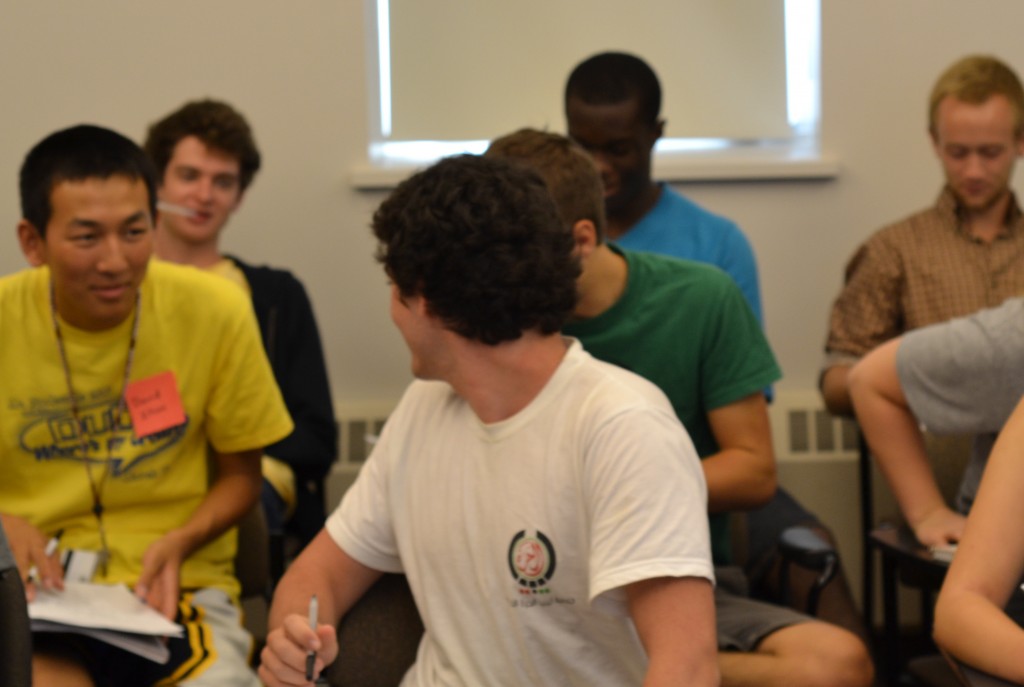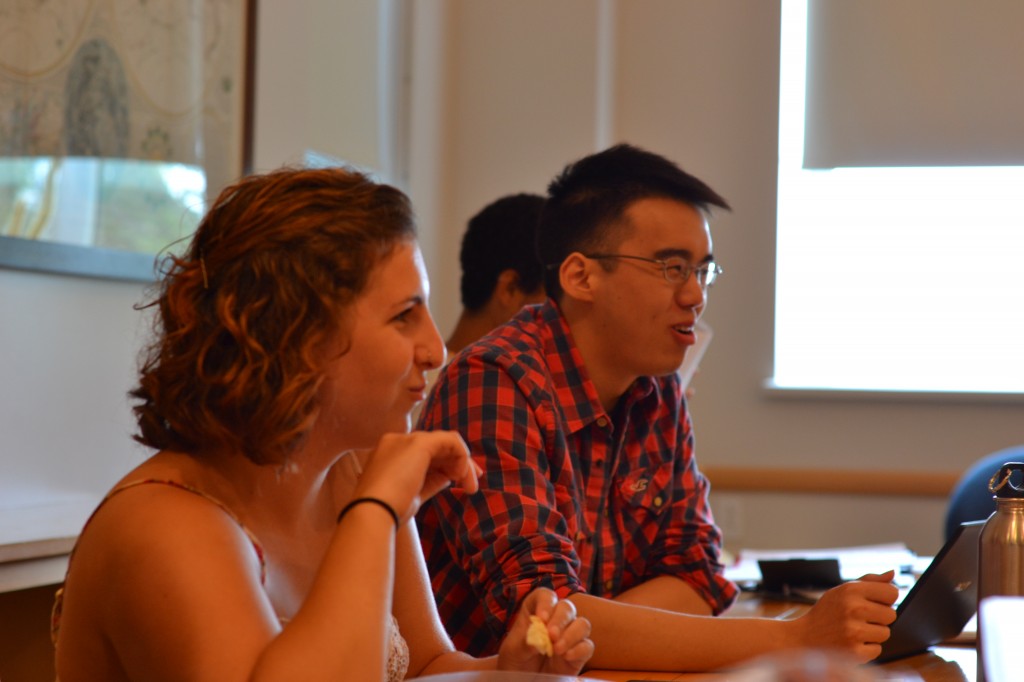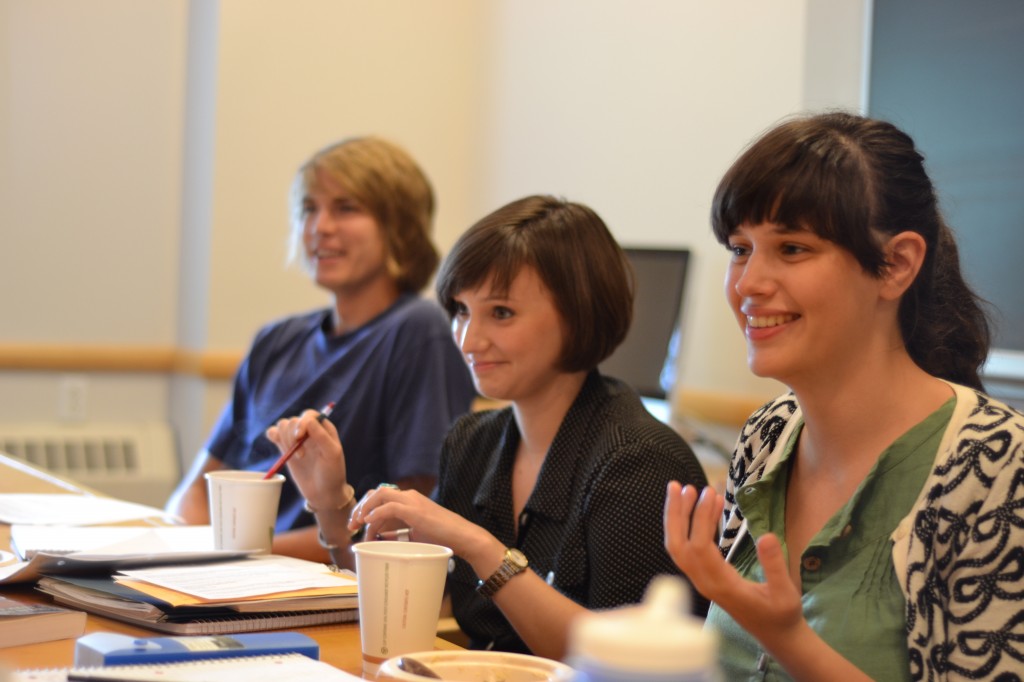We’re actually a whole week into the semester now, including Labor Day, which is not a holiday at Swarthmore.
The first day of classes is always a bit of a puzzle for me as a teacher. There are obvious things to do: hand out the syllabus (or point students to where it is online), talk about the structure of the course, deal with logistics. In a small discussion-oriented class, get students to introduce themselves to each other. What’s less obvious is whether to begin work on the substance of the course. In seminars that meet only once a week, you pretty much have to roll up your sleeves and get started, which usually means sending enrolled students instructions about readings or other assignments before the semester even begins.
In my survey courses and mid-level topical classes, I often try to talk about the overall themes and ideas we’ll be dealing with. Over time, I’ve shifted the content of my opening remarks towards some attempt to justify the class, to explain to students why I think it’s worth teaching, what I believe they’ll get out of it, both in terms of the content we’re studying and in terms of some of the pedagogy I plan to use. It just seems odd to me now to just start up as if it’s self-obvious why a survey of the Atlantic slave trade and West Africa is important or worth a not-insignificant fraction of a student’s total course budget in their time at Swarthmore.
One thing that complicates matters a bit is a shift in student practices. In the time I’ve been teaching at Swarthmore, students have become increasingly inclined to “shop around” in the first week of classes. The harder you charge at chewing through content in the first week, the more likely you are to have some students who need special assistance to catch up with what you did in the first week because they don’t show up until the second. So I also try to start on a bit of a slow burn in most classes. I don’t really care for rigorously symmetrical patterns and rhythms in a syllabus–I tend to build up towards heavier reading, do that in some intense bursts, and then back up and build in another direction. So regardless of whether students are coming and going from the roster, I’d prefer to spend the first two weeks building up towards the first full grappling with an important issue.




I just get started with the content of the class regardless of how many students show up the first day. I give the most important information out on the first day of class. I go through and give a summary of all the readings and the material that will be covered in the class. I also like to front load my classes if possible and put more reading in the start of the semester than at the end. If most students are going to miss the first couple weeks class those few who do show up should have a distinct advantage come exam time.
I like this series of the academic year (which I found following a link from Chris Cagle’s blog, btw). Looking forward to more. I just wonder about this post: what was your experience of photographing your students in class? I like the candid feel of these a lot, and the expressions of engagement in particular.